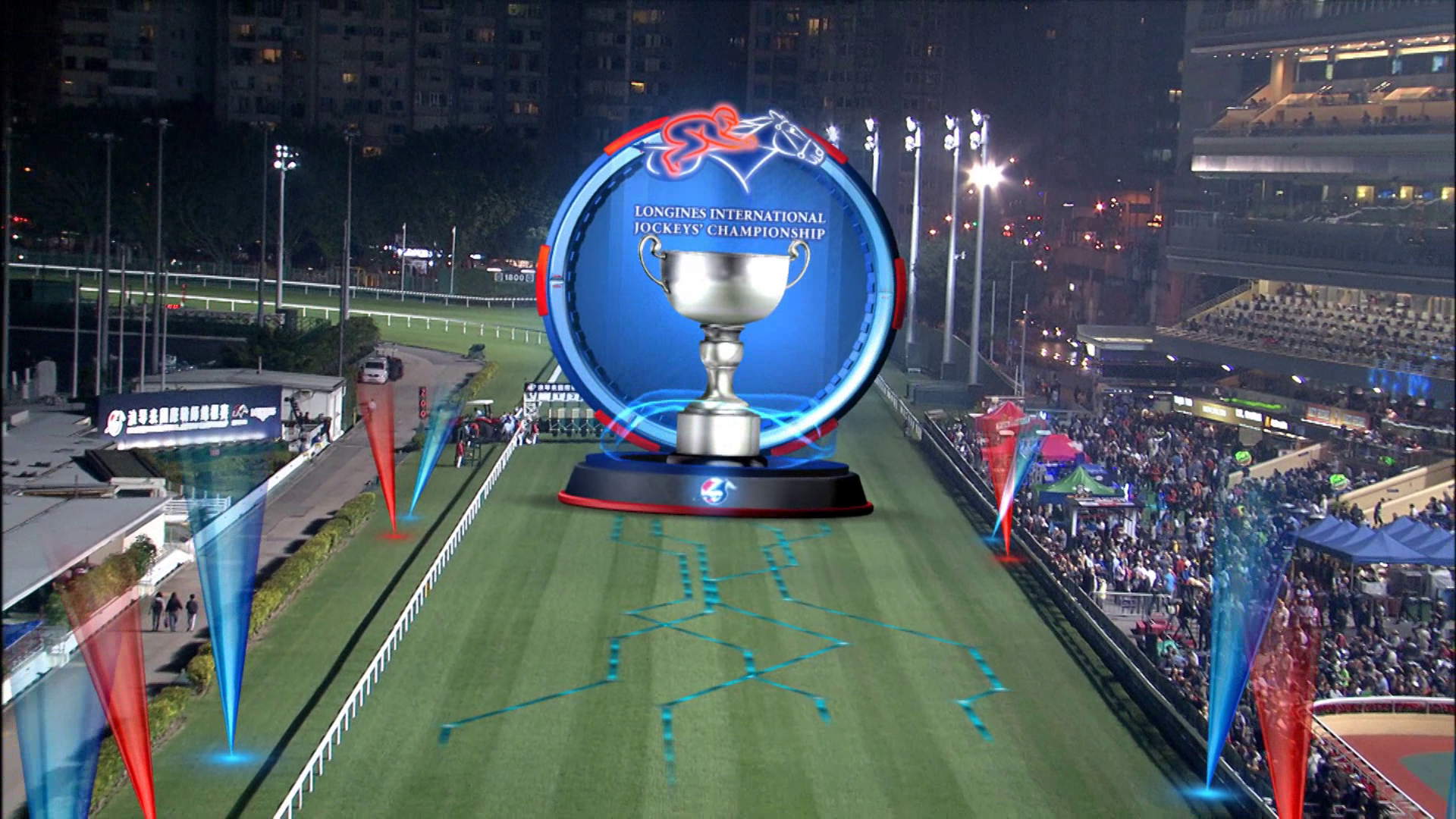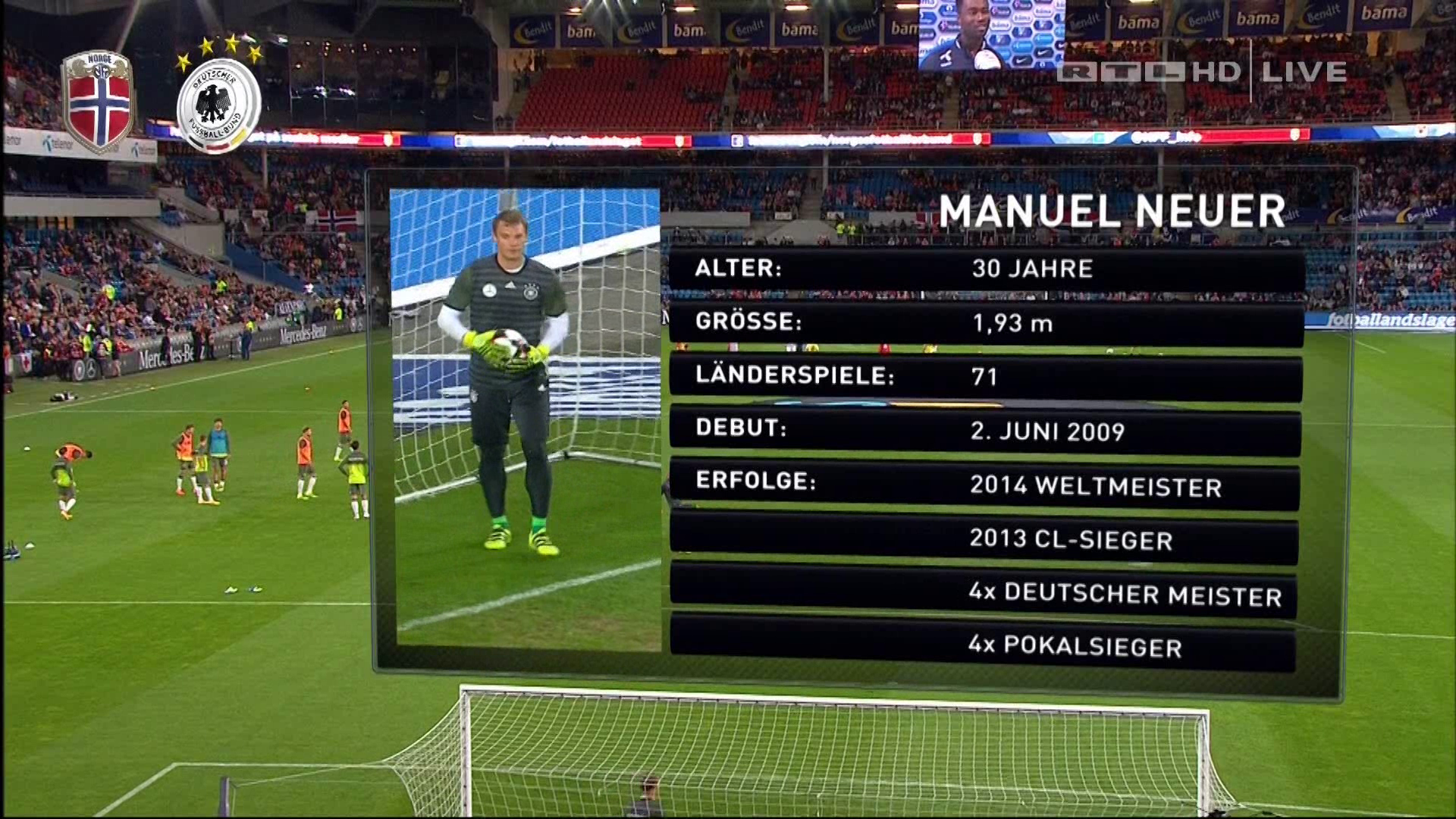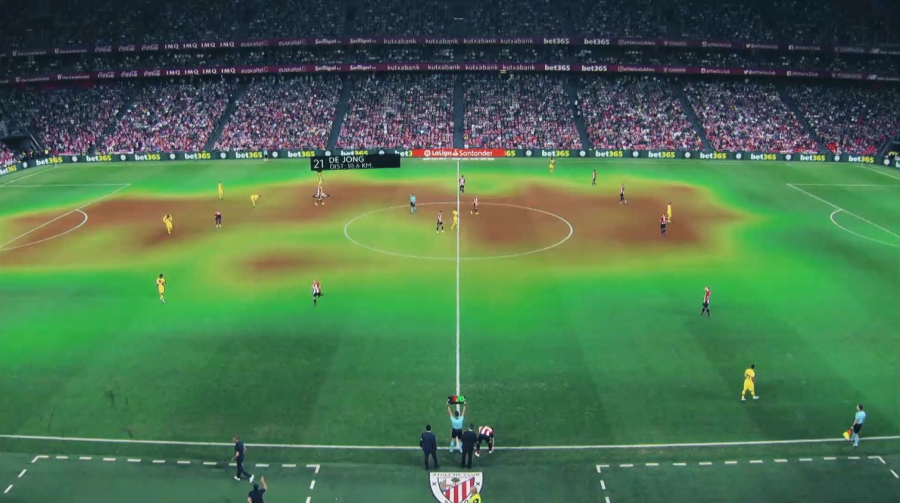With Unified IO Sports Platform for XR Tools, Vizrt Charts Course for the Future
Launch is intended to ‘future-proof’ development of live virtual graphics
Story Highlights
Today, more live sports productions are in UHD and HDR than ever before, and broadcasters are increasingly keen to produce graphics natively in these high-end formats. At the same time, sports broadcasters have embraced IP-based workflows to enable virtualized and remote production models. With these trends in mind, Vizrt has launched a unified IO sports platform to serve as the backbone for future development of its live-virtual-graphics tools.
 “This unified IO is our future-proof [model] that all our sports platforms are now being built on,” says Richard Einstein, senior global product manager, sports, Vizrt. “It’s a major technical change because we had to change the heart of the whole [ecosystem]. That has now allowed us to use the same combined platform for all the sports solutions and, in the end, allows for more flexibility, scalability, reliability, and simplicity for future developments. And it’s a much tighter integration to the overall Vizrt ecosystem.”
“This unified IO is our future-proof [model] that all our sports platforms are now being built on,” says Richard Einstein, senior global product manager, sports, Vizrt. “It’s a major technical change because we had to change the heart of the whole [ecosystem]. That has now allowed us to use the same combined platform for all the sports solutions and, in the end, allows for more flexibility, scalability, reliability, and simplicity for future developments. And it’s a much tighter integration to the overall Vizrt ecosystem.”
Last week, Vizrt released its XR Venue real-time virtual-enhancement solution for sports, which features Viz Arena 5 and is built on the new unified Matrox-based IO platform. XR Venue joins XR Playbook, which launched earlier this year, on the IO platform. XR Venue and XR Playbook are part of the Vizrt Extended Reality Suite (available through a Flexible Access subscription), which offers a full toolset of AR (augmented reality), VS (virtual set), Video Wall, mixed reality, and telestration.
 With the unified IO sports platform, XR Venue or XR Playbook users can more easily adjust to changing production requirements. According to Einstein, with both tools based on the same IO as Viz Engine, users will be able to take advantage of Vizrt’s latest developments for live virtual graphics more quickly and more easily.
With the unified IO sports platform, XR Venue or XR Playbook users can more easily adjust to changing production requirements. According to Einstein, with both tools based on the same IO as Viz Engine, users will be able to take advantage of Vizrt’s latest developments for live virtual graphics more quickly and more easily.
“We’re now using the same IO as Viz Engine, which means that any developments [can be applied] across the whole Vizrt ecosystem,” he says. “If the Viz Engine team is working on anything new — such as tighter integration with Unreal Engine or more-centralized production workflows — we have much greater access and shared code to use for each other’s mutual benefit than in the past, when we had to repeat a lot of developments [for each platform]. It will be a lot more efficient going forward, and we can provide the customers with more flexibility and new features much faster.”
 The unified IO offers more flexibility and scalability to produce either upstream at the venue or in a downstream workflow at the studio and a flexible choice of playout: fill and key or a composited video signal for specific production workflows. The output can be added directly on top of the program feed to the mixer as a separate source, which benefits workflows and output quality of high-class productions.
The unified IO offers more flexibility and scalability to produce either upstream at the venue or in a downstream workflow at the studio and a flexible choice of playout: fill and key or a composited video signal for specific production workflows. The output can be added directly on top of the program feed to the mixer as a separate source, which benefits workflows and output quality of high-class productions.
XR Venue also supports native UHD and HDR formats and workflows, allowing producers to create data-driven graphics and additional content for any sports coverage in UHD and HDR.
 “One of the biggest motivators [to develop] the IO sports platform was [to be able to support] the latest video formats like HDR, UHD, and 1080p,” says Einstein. “We had some limitations on the previous platform, but XR Venue and XR Playbook can [operate] in native HDR and UHD and also can [support] IP video formats and future video formats. For many of our customers who had already moved their productions to UHD, HDR, or IP workflows, this was a must-have.”
“One of the biggest motivators [to develop] the IO sports platform was [to be able to support] the latest video formats like HDR, UHD, and 1080p,” says Einstein. “We had some limitations on the previous platform, but XR Venue and XR Playbook can [operate] in native HDR and UHD and also can [support] IP video formats and future video formats. For many of our customers who had already moved their productions to UHD, HDR, or IP workflows, this was a must-have.”
XR Venue and XR Playbook supports SMPTE ST 2110 IP-based video (it will also support NDI in a future release), which opens the door to virtualized and remote production workflows for XR Venue and XR Playbook. This allows more flexibility and mitigating physical limitations like hardware dependencies or budget restrictions.
In addition, hardware for XR Venue is now consistent with regular Viz Engine hardware, such as the newly certified Dell R7920 for compact setups.
